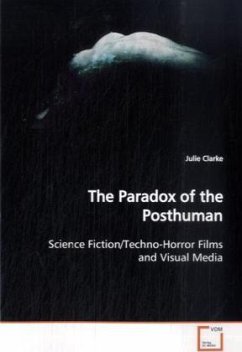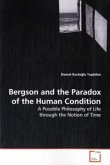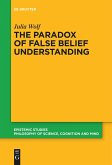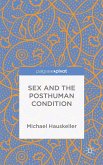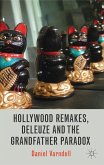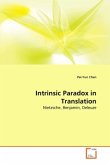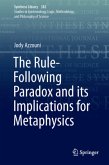In the past two decades the concept of the posthuman
has emerged as a discourse within philosophy, science
fiction, cultural studies and contemporary art.
Since it is co-existent with the growth of advanced
medical and communication technologies, the posthuman
is framed by ideas of mutation, evolution and the
development of a species that re-writes what is
generally conceived as human. The definition of the
posthuman draws on both humanist and anti-humanist
concepts that suggest a profound paradox. This book
explores the nature of these paradoxes in popular
culture, film and art. It examines the way paradox
is central to the very nature of the posthuman and
considers the changes, contradictions and ideologies
inherent in the posthuman and how these affect
discourses of the body. In particular it provides
close readings of the films Alien Resurrection,
GATTACA, Crash and Strange Days, as well as a chapter
on the performance artist Stelarc. This book is ideal
for those interested in philosophical anthropology,
anti-humanism, eugenics, genetic engineering,
prosthetics, ethics, science fiction films, art and
screen studies.
has emerged as a discourse within philosophy, science
fiction, cultural studies and contemporary art.
Since it is co-existent with the growth of advanced
medical and communication technologies, the posthuman
is framed by ideas of mutation, evolution and the
development of a species that re-writes what is
generally conceived as human. The definition of the
posthuman draws on both humanist and anti-humanist
concepts that suggest a profound paradox. This book
explores the nature of these paradoxes in popular
culture, film and art. It examines the way paradox
is central to the very nature of the posthuman and
considers the changes, contradictions and ideologies
inherent in the posthuman and how these affect
discourses of the body. In particular it provides
close readings of the films Alien Resurrection,
GATTACA, Crash and Strange Days, as well as a chapter
on the performance artist Stelarc. This book is ideal
for those interested in philosophical anthropology,
anti-humanism, eugenics, genetic engineering,
prosthetics, ethics, science fiction films, art and
screen studies.

